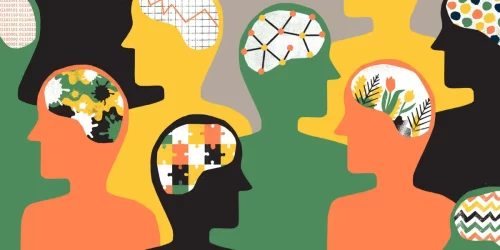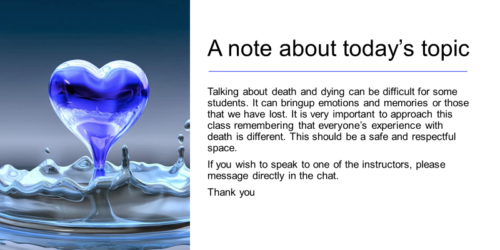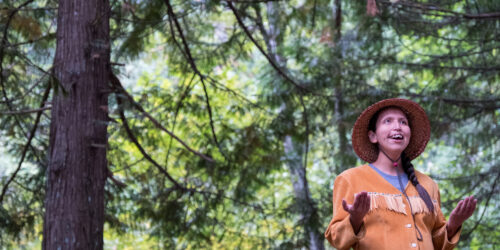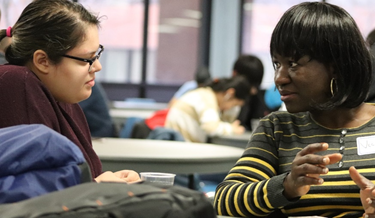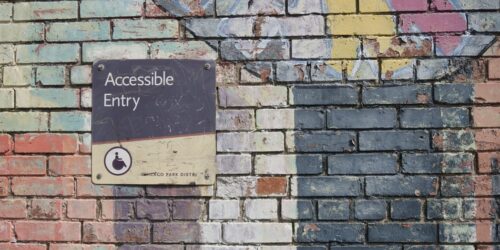Celebrating Black History Month
Reading Time: 2 minutesAs we move into Black History Month, it is a time for Canadians to celebrate the immense achievements and valuable contributions of Black Canadians throughout history. Regardless of where you are in your learning journey, Black History Month provides additional opportunities to confront anti-black racism and to work toward black inclusion in higher education. We encourage all Conestoga faculty to commit to learning about anti-black racism to foster black inclusion.



